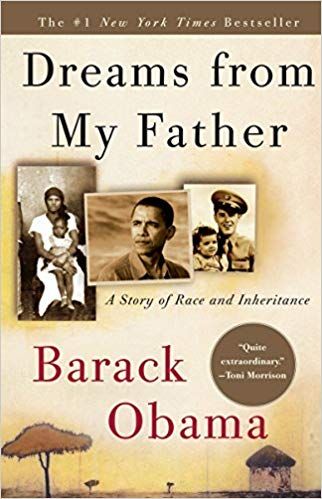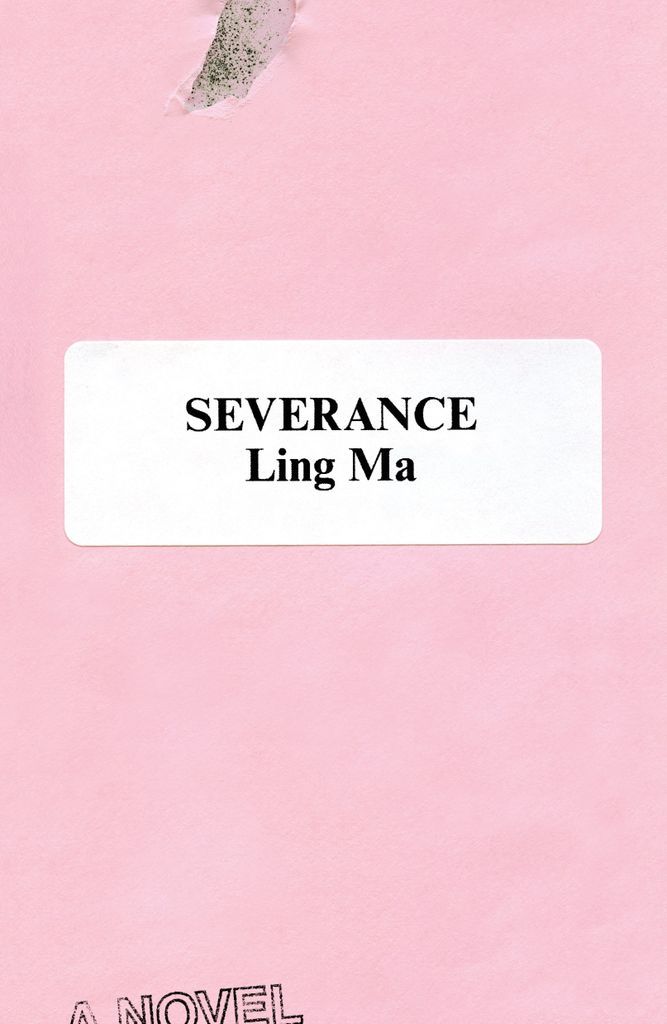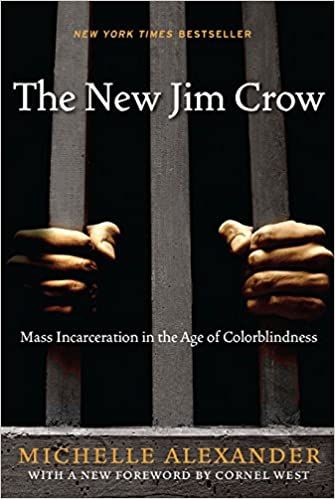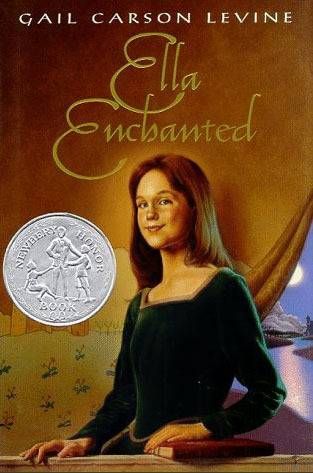All my closest friends are bookish, and many of our friendships were founded on books. My best friend and I, both English majors, bonded over a long conversation in my dorm room freshman year that covered everything from our childhood favorites to the classics we were reading together for class. When I moved to New York to work in book publishing, most of the people I met had also recently moved here for the same reason. The first friend I made in the city who didn’t work in book publishing, I met at a book launch. So it is only natural that in each of these friendships, we often end up discussing books. Enter the two-person book club, the stuff literary friendships are made of.
A two-person book club does not have to be a formal, recurring arrangement with pre-determined picks and strict meeting times. By my definition, a two-person book club takes place whenever you and a friend read the same book in a similar time frame and designate an occasion to discuss. There are no rules except the ones that the two of you create.
While my mother has been in the same book club for nearly 20 years, I have tried and failed to join and commit to one myself. Yet I have taken part in numerous two-person book clubs in the past several years, each offering many of the same perks as a traditional club: fruitful discussions, reading accountability, and strengthened relationships. In my experience, they are both a way to make friends and to keep them. Here are three models for the two-person book club that I’ve tried (so far!).
The Classic Two-Person Book Club

A few years after graduating, my best friend and I wanted to revive the kinds of literary conversations we’d had in college, even though we now lived half a country away from each other rather than down the hall. The inaugural pick for our two-person book club was Barack Obama’s memoir Dreams from My Father. We checked in with each other’s progress over the course of a few weeks, texting brief thoughts here and there, then hopped on the phone to discuss the book in-depth. It felt a lot like a regular book club, except we chose all the books together, and we never had to worry about someone who didn’t read the book monopolizing the discussion—if either of us wasn’t finished yet, we’d just postpone the call. These conversations gave form to our long-distance friendship and reminded us of the reasons we became friends as freshman English majors in the first place.
Reading is a solitary activity but a universal experience, so intentional conversations about common reading are a way to bridge that gap. They help us connect with each other and our shared passion in a new way. That’s why I stubbornly insist on calling any number of one-off experiences a two-person book club; below are two examples.

On a Zoom happy hour with fellow publishing friends in early April, my friend Natalie mentioned the irony that her book club’s meeting on Severance—a novel about a pandemic—was cancelled due to the pandemic. I mentioned having just finished it, and since she hadn’t had a chance to discuss it as planned, we set aside a separate evening for that purpose. For over an hour, we picked apart specific scenes, themes, and characters, and shared our unique experiences of reading it; she finished it while the COVID-19 pandemic was on the verge of sending New York into lockdown, and I picked it up two weeks after stay-at-home orders were issued and we all realized that the worst was yet to come.
Shortly after I moved to New York in 2018, I met Deanne at Hank Green’s book launch for An Absolutely Remarkable Thing. We exchanged numbers so we could meet up and talk about the book when we’d both finished. A few weeks later, we did just that, officially launching our chance meeting into a friendship. To keep the tradition alive, in 2020 we met up over Zoom to watch Hank’s virtual book launch for A Beautifully Foolish Endeavor, and a few weeks later, had another call to discuss.
The Chapter-by-Chapter Discussion

After a long hiatus, my best friend and I decided to revive our two-person book club this summer with a new focus: anti-racism reading. For years, both of us had been meaning to read Michelle Alexander’s landmark work on mass incarceration, The New Jim Crow. Following the killing of George Floyd and the subsequent nationwide protests, this self-education felt more important than ever, so we decided to read and discuss it a chapter at a time.
Information-heavy nonfiction lends itself well to a chapter-by-chapter discussion, especially because it allows space for the necessary self-reflection that accompanies this kind of reading. In addition to talking about the parts that left the biggest emotional impression on us, simply revisiting the startling facts and stories in conversation helped solidify them in our memories.
The chapter-by-chapter structure for the best friend book club feels evocative of our college days, when many of our shared English classes followed a similar format. Once again, it also gives us a purposeful shared activity so our regular phone calls consist of more than just catching up on lives lived separately (which seems particularly important now when we can’t travel to visit each other and make new memories together in person). Perhaps best of all, it provides each of us with an accountability partner to do the reading, and then do the work inspired by the reading.
You can obviously adapt a chapter-by-chapter discussion approach to any kind of book, but this is one way that has worked well for me. Up next for us: James Baldwin’s The Fire Next Time.
The Annotated Two-Person Book Club

In a high school English class, my friend Hannah received the copy of Perelandra that I had annotated in purple colored pencil the year before. After we talked about it, I told her the best gift I could imagine receiving was a personally annotated book. For my birthday last year, she gave me a copy of my childhood favorite, Ella Enchanted, marked up with her underlining and comments in shiny gold. Now the next time I read it, I get to do so alongside her.
If discussing a book with someone is a way to bridge the gap between the solitude of reading and the company of literary friendships, reading a book with someone else’s annotations is almost like having their company while you read. This is the idea behind the annotated version of the two-person book club. By reading the same copy of a book as a friend who also believes in the joys of annotation, you get to follow along in each other’s reading experiences.
The first time I did this was unintentional—I lent my friend Kalisse my marked-up copy of Fahrenheit 451, and she added her own notes in a different color pen. When I later reread the book, I followed along not just with her reactions, but also her reactions to my reactions. That experience remains one of my favorite reading memories, which is why I always encourage friends to write in my books when they borrow them.
My former roommate Anna took me up on this request when she borrowed An Absolutely Remarkable Thing last year; when I reread it this year, it prompted a fresh discussion of the book as I responded to her marginalia. We’re planning to kick off an intentional annotated two-person book club soon by mail.
Have I piqued your interest in a two-person book club? Send your friend this article and let them know you want to start one! You can also read about another Rioter’s experience with the joys of the spontaneous two-person book club.
Source : 3 Ways to Start a Two-Person Book Club with a Friend












